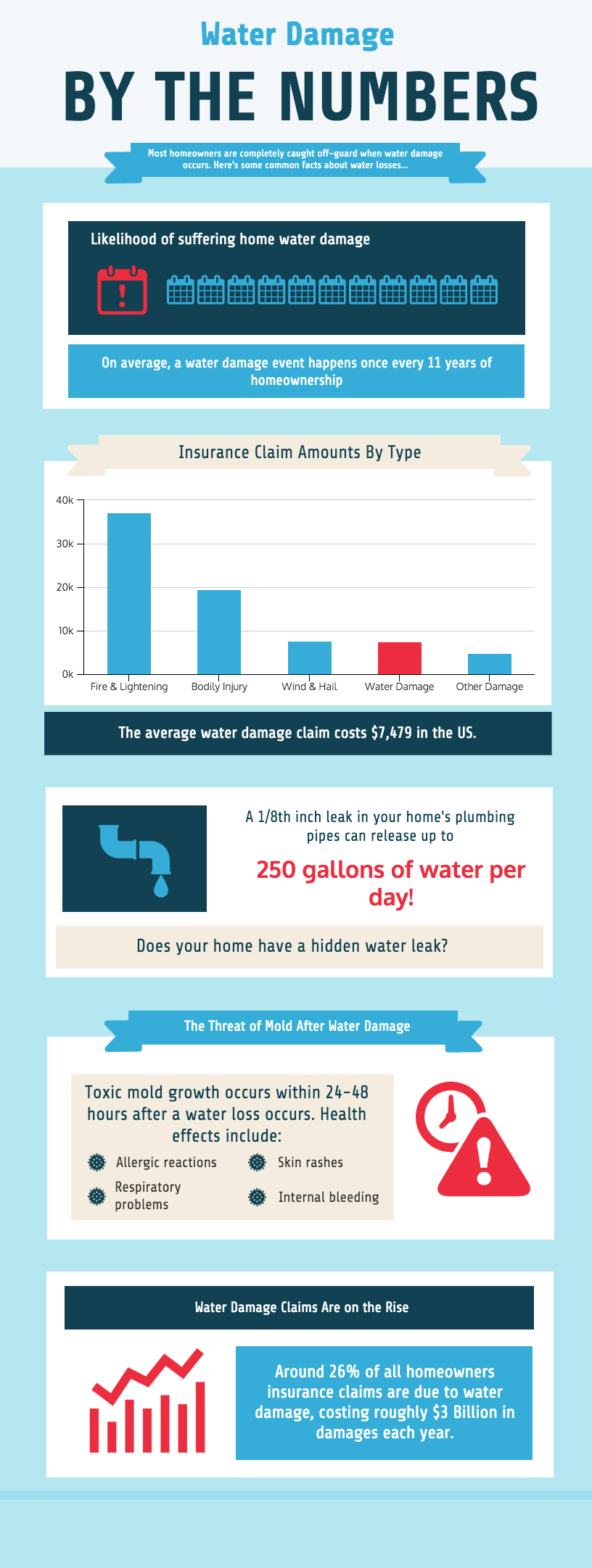Contrast Of Solar Power And Standard Energy Resources: A Thorough Evaluation
Contrast Of Solar Power And Standard Energy Resources: A Thorough Evaluation
Blog Article
Short Article By-Price Dodson
When evaluating the feasibility of solar power versus traditional power resources, you may find yourself considering the long-lasting sustainability and effect on your financial resources. The detailed balance in between first expenses, recurring expenditures, and ecological effects increases sixty-four-thousand-dollar questions about the future of power generation. As you browse with the intricacies of this contrast, a much deeper understanding of the subtleties in cost-effectiveness, ecological stewardship, and energy protection waits for exploration.
Cost-Effectiveness Comparison
When contrasting the cost-effectiveness of solar energy with standard energy resources, it comes to be apparent that initial investment distinctions play an essential role in figuring out lasting financial savings.
While solar power systems need a greater ahead of time financial investment for installation and tools, they offer considerable long-lasting benefits that can surpass the first costs. The crucial lies in recognizing that solar power systems have minimal ongoing functional and upkeep expenditures contrasted to traditional energy resources like nonrenewable fuel sources.
By investing in solar energy, you can possibly minimize utility costs over the system's life expectancy. In addition, with innovations in modern technology and reducing installment prices, solar energy has ended up being much more obtainable and affordable for property owners and services alike. These cost savings can gather with time, supplying a roi that exceeds standard power sources.
In addition, solar energy systems provide the benefit of power self-reliance and stability against varying energy rates. By utilizing the power of the sun, you contribute to a cleaner setting and lower your carbon footprint. Welcoming solar home energy systems but also the world in the long run.
Environmental Impact Analysis
Solar power presents an encouraging choice to traditional energy sources as a result of its considerably reduced environmental influence. Unlike nonrenewable fuel sources that give off unsafe greenhouse gases and contribute to air contamination, solar power produces power without creating any discharges.
https://fernandotzejp.blogsvila.com/31261886/from-unbeliever-to-devotee-exactly-how-i-became-a-champion-of-renewable-energy of utilizing solar power entails recording sunlight with photovoltaic panels, which does not release any contaminants into the ambience. Suggested Internet page of discharges helps in reducing the carbon impact related to power production, making solar energy a cleaner and extra sustainable choice.
In addition, using solar power contributes to preservation initiatives by lowering the need for finite sources like coal, oil, and gas. By depending on the sunlight's bountiful and renewable energy source, we can aid preserve natural habitats, secure environments, and reduce the adverse effects of resource extraction.
Dependability and Power Landscape Analysis
For a comprehensive analysis of integrity and the energy landscape, it's necessary to assess just how solar power compares to typical resources. Solar power is gaining ground as a trustworthy and sustainable power source. While https://solar-micro-inverter08753.fare-blog.com/31254880/comprehending-the-innovation-and-functionality-of-solar-panels-a-novice-s-introduction like coal, oil, and natural gas have actually been traditionally dominant, they're limited and add to ecological destruction.
Solar power, on the other hand, is abundant and eco-friendly, making it a more sustainable alternative in the future.
In terms of reliability, solar power can be dependent on weather conditions and sunlight accessibility. However, improvements in modern technology have actually resulted in the growth of power storage space services like batteries, boosting the dependability of solar energy systems. Traditional resources, on the other hand, are prone to rate variations, geopolitical tensions, and supply chain interruptions, making them less dependable in the long term.
When evaluating the power landscape, solar power uses decentralized power production, minimizing transmission losses and raising energy safety and security. Traditional resources, with their centralized power plants, are extra at risk to interruptions and require extensive infrastructure for distribution.
Conclusion
Finally, when contrasting solar power to traditional energy sources, it is clear that solar power provides a cost-effective, eco-friendly, and reliable alternative. With minimal functional expenses, potential savings on energy costs, and a significantly reduced environmental influence, solar power is ending up being a more lasting and secure alternative. Accepting solar energy can help in reducing greenhouse gas emissions and contribute to conservation initiatives, making it an engaging selection for the future.
